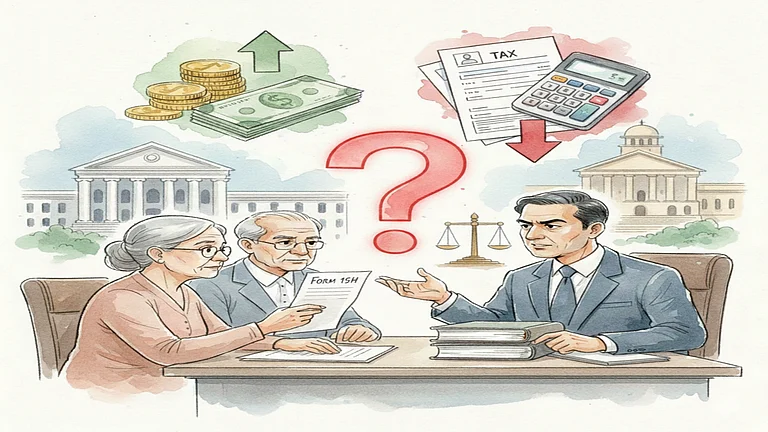The Reserve Bank of India (RBI) on June 8 proposed linking Rupay credit cards to the Unified Payments Interface (UPI) platform. UPI formed around 50 per cent of digital merchant payments in India in FY22.
Goldman Sachs has now said in a recent research report titled India – Payments – Linking Credit Cards To UPI that such a move “could potentially increase credit card penetration, and expand the scope of digital payments in India, positively impacting both card companies and fintech platforms.”
Implications
It said: “While we believe the impact on the ecosystem is difficult to quantify given a number of unknowns, this proposal by the RBI, when implemented, could increase credit card penetration/adoption in India; we estimate around three per cent population penetration of credit cards in CY21 versus around 20 per cent population on UPI.”
“In our base case, we expect credit card transaction volumes in India to grow at a 22 per cent FY22-26E CAGR to reach $285 billion. Our sensitivity analysis shows that every five per cent of incremental transaction volume in credit cards due to the proposed UPI integration would equate to $38 billion in additional annual credit card volumes, or $760 million in additional merchant discount rate (MDR) pool, (if MDRs are in line with current credit card MDRs),” the report added.
According to the report, if the penetration of credit cards within the existing customer base of state-owned banks were to move higher from 1.2-10 per cent, it would add another 31 per cent to the existing base of cards-in-force, or 17 per cent to existing e-commerce volumes currently processed using credit cards.
What It Means For Banks, Card Companies And Fintech Platforms
The report said that if the RBI’s proposal to link Rupay credit cards to the UPI platform were successfully implemented, state-owned banks would likely promote this product due to a variety of factors, such as high UPI usage and wide merchant acceptance, given the high penetration of QR codes, thus enabling technology for smaller-ticket credit products (BNPL being a case in point).

That said, even private sector banks that have a large market share in credit cards (mostly catering to the premium customer segments) as well as in UPI transactions are also likely to actively participate subject to visa/mastercard cards aligning with UPI, the report said.
“Further, we expect private banks to try multiple use cases using UPI to increase small-ticket credit penetration, and target new-to-credit customers, where fintech platforms currently have a large market share,” the report added.
What Is The Current UPI Structure And What Has Been Proposed
In the current set-up, UPI is linked to an underlying bank account.
A consumer can use a bank app or a third-party application provider (TRAP) to make a payment to a merchant or another consumer, with the money being debited from the user’s bank account (remitter bank) and being credited to the receiver’s bank (beneficiary bank).
According to the RBI, UPI has a unique user base of around 260 million people and a merchant base of 50 million users. The RBI has proposed to allow the linking of credit cards to UPI, starting with Rupay cards. According to the RBI, this will enhance the scope of digital payments in India. That said, the timeline for the roll out has not been specified. According to a news report, Visa and Mastercard, which are associated with around 90 per cent of credit cards in India are also expected to be onboarded in the future.
Digital Payment Landscape In India
Digital payments (to merchants, credit cards, debit cards, and UPI) totalled $444 billion in FY22, comprising 24 per cent of consumption expenditure, versus 11 per cent in FY19, according to RBI and NPCI data. UPI now makes up about 50 per cent of this, though it was almost nil about five years ago.
P2M digital payments is expected to grow at 28 per cent in FY22-26E CAGR and reach $1.2 trillion, with UPI reaching $710 billion (37 per cent FY22-26E CAGR), or 64 per cent of total digital payments in FY26E.














